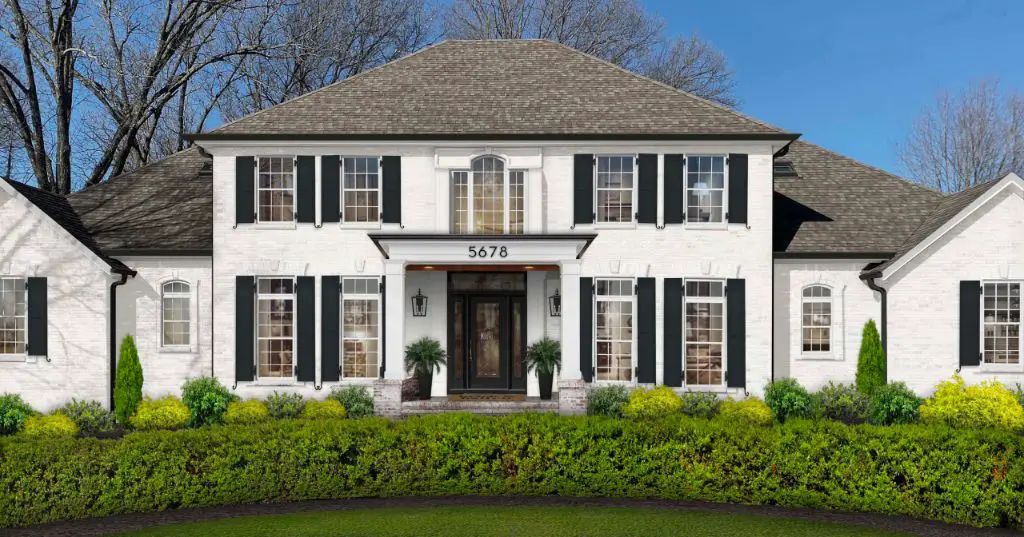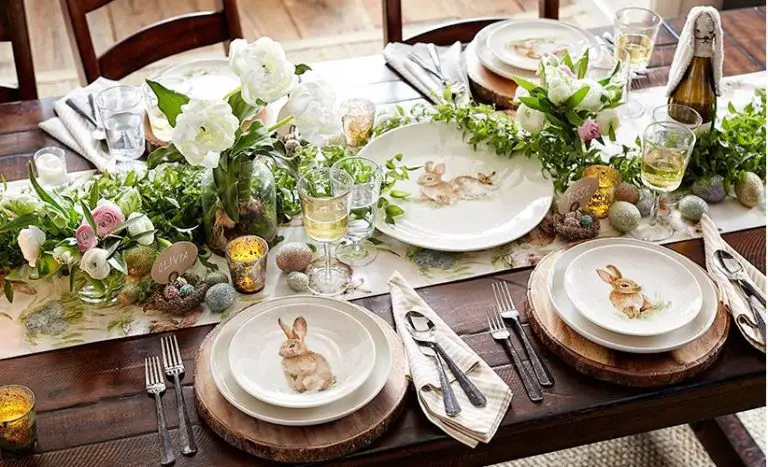What Is The Difference Between Snowbound And Dover White?
Introducing Snowbound and Dover White
Snowbound and Dover White are both popular white paint colors by Benjamin Moore. Snowbound is a slightly warmer white with subtle beige undertones, while Dover White is a crisp, clean white with a touch of gray added to the traditional white base. Despite having the word “white” in the name, Dover White appears cooler and brighter than Snowbound when viewed side-by-side. Both paints provide the light, airy feel that homeowners often desire from white paint, but with slightly different tones that impact the overall look and feel of a space.
Source: https://www.pinterest.com/pin/snowbound-vs-dover-white-by-sherwin-williams–922252829914539474/

History of the Paint Colors
Snowbound was first released by Sherwin-Williams in 2015, while Dover White’s origins trace back much further to when it was released by Benjamin Moore in 1929. Both paint colors are named after locations that evoke a cool, crisp white aesthetic – Snowbound referencing snowy landscapes, and Dover White named after the coastal town of Dover in the UK.
Dover White has the longer history, being around for nearly 100 years since Benjamin Moore’s early origination. The creamy white tone became an instant classic, used everywhere from old beach cottages to classic interior spaces. Snowbound joined decades later as Sherwin-Williams’ answer to a clean, bright white. With its modern icy undertones, Snowbound quickly caught on for contemporary interior design trends.
Color Profiles
Snowbound has the HEX code #EDEAE5, which corresponds to the RGB values 237, 234, 229 and the CMYK values 7, 11, 14, 0. Dover White’s HEX code is #F0EADC, which translates to the RGB values 240, 234, 220 and the CMYK values 3, 8, 18, 0 (https://hextoral.com/side-by-side/snowbound-sw-7004-vs-dover-white-sw-6385/).
Some key differences in the technical details: Snowbound is a slightly warmer, more saturated shade, while Dover White leans toward cooler undertones. Snowbound has a lower CMYK K value, meaning more brightness. Dover White has higher M and Y values, so it contains more magenta and yellow pigment.
Visual Differences
Snowbound and Dover White have noticeable visual differences despite both being shades of white paint. According to this Pinterest pin, Snowbound appears much brighter and purer white compared to Dover White. Dover White looks almost yellowish or beige next to the crisp whiteness of Snowbound.
As explained on Hextoral’s color comparison, Snowbound is a cooler, bluer white while Dover White is warmer and more yellow-toned. So Dover White comes across more cream or off-white rather than a true, clean white like Snowbound. This makes Snowbound the more versatile neutral while Dover White leans yellow enough that it could clash with some color palettes.
In summary, those wanting a pure, bright white should choose Snowbound. Dover White is better for a warmer, softer white finish. Side-by-side, Snowbound appears starker and crisper against the yellow undertones of Dover White.
Rooms and Uses
Snowbound and Dover White are both versatile neutral whites that work well in many rooms and spaces. However, there are some differences in what each color works best for:
Snowbound has a slightly warmer, softer white tone that makes it ideal for bedrooms, living rooms, and other cozy spaces. It creates a tranquil, relaxing feel. Some pros for Snowbound are that it works well in low natural light rooms and pairs nicely with warm wood tones. Cons are that it can read “dingy” in very bright spaces. (Sherwin Williams WHITE SNOW 9541: Color Review)
Dover White has a crisper, brighter white undertone that looks clean and fresh. It’s often recommended for kitchens, bathrooms, hallways and other high-traffic areas. Pros for Dover White are that it keeps these spaces looking clean and bright. Cons are that it can look stark and cold if not balanced with other elements. Dover White also shows more visible marks and scuffs. (Our Review of Snowbound by Sherwin Williams)
Both colors work well as trim/accent colors in rooms with the other as the wall color. Dover White trim helps brighten up Snowbound walls, while Snowbound trim warms up Dover White. Best pairings will depend on the overall design scheme and goals for each space.
Lighting Considerations
Lighting can dramatically impact how Snowbound and Dover White are perceived. According to Sherwin Williams Dover White Paint Color Review, Dover White has an LRV (Light Reflectance Value) of 75, while Snowbound has a higher LRV of 86. This means Snowbound will reflect more light, while Dover White absorbs a bit more light due to its slightly warmer undertone.
In spaces with abundant natural light, Dover White may appear creamy or even tan, while Snowbound maintains its bright white appearance. However, in low light conditions Dover White can read as more of a true white. It’s important to consider the primary lighting in a space before choosing between these two popular whites.
For north facing rooms that lack much direct sunlight, Dover White is likely a better choice and will feel brighter. South facing spaces that get ample sunlight may benefit from the more reflective qualities of Snowbound. Testing paint samples on different walls at different times of day can help make the best selection.
Pairings and Accents
Both Snowbound and Dover White pair well with a variety of colors that can be used to accent the whites in a room. Here are some of the most popular pairings for each:
Snowbound works nicely with darker, moodier hues like deep blues, greens, and grays according to this source. Examples of accent pieces that look great with Snowbound walls include navy blue pillows and throws, deep green plants, and charcoal gray rugs.
Dover White has a slightly warmer undertone that lends itself to pairing with lighter hues like tan, light blue, and soft sage green according to this source. Accent pieces in butter yellow, powder blue, and muted sage green help brighten up Dover White walls and add visual interest.
Price and Availability
Snowbound and Dover White are competitively priced interior and exterior paint colors. According to Lowe’s, a gallon of Dover White costs around $30-40. At Sherwin-Williams, a gallon of Snowbound runs $50-70. So Dover White tends to be a more budget-friendly option, while Snowbound costs moderately more as a premium paint brand.
Both paint colors can be readily purchased at major home improvement stores in the paint department. Dover White is a Lowe’s exclusive color, so it can only be bought at Lowe’s locations or ordered online. Snowbound is a Sherwin-Williams branded color, so it is sold at Sherwin-Williams paint stores as well as ordered through their website. So availability varies slightly based on retail outlets.
Maintenance
Snowbound and Dover White both require some special maintenance considerations to keep them looking their best. Both colors can show scuffs, marks, and stains more visibly than deeper colors.
Luckily, most marks on Snowbound and Dover White can be easily touched up. Using a small brush or sponge, touch up paint can blend right into any nicks or stains. It’s recommended to keep a can of touch up paint handy for quick fixes.
When cleaning walls painted Snowbound or Dover White, use a mild cleaner formulated for matte paints. Avoid abrasive cleaners or scrubbing too aggressively, as this can burnish or dull the finish over time. Periodic dusting or light vacuuming is often all that’s needed to keep these whites fresh.
To avoid stains, wipe up spills and splatters quickly before they have a chance to soak into the paint. Snowbound and Dover White can both be prone to yellowing from smoke or cooking grease buildup, so proper ventilation is key in kitchens and other high-use areas.
Summary and Key Differences
In summary, Snowbound and Dover White are both popular whites by Sherwin-Williams, but have distinct differences:
- Snowbound is a cleaner, crisper white with blue undertones, while Dover White is warmer and more yellow/beige.
- Snowbound has a slightly higher LRV (Light Reflectance Value) at 86, making it reflect more light. Dover White’s LRV is 80.
- Snowbound works well for contemporary spaces that need a bright white. Dover White fits traditional or antique styles better.
- Dover White can look dingy or yellowed in cool lighting. Snowbound stays truer white.
- Snowbound shows flaws more easily and requires frequent touch-ups. Dover White is more forgiving.
- Snowbound pairs well with grays, blues and metallics. Dover White complements tans, yellows and reds.
Ultimately, those wanting a clean, bright white should choose Snowbound. Dover White is better for a soft, warm white. Consider your goals, lighting and style when deciding between these two popular Sherwin-Williams whites.


